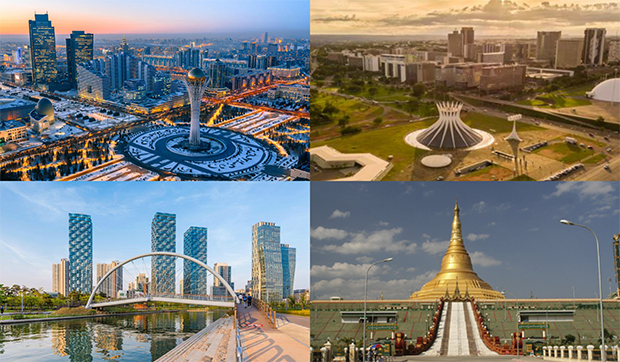 |
|
Many of these cities realize that showcasing and respecting their past
provides the key to preserving their priceless artifacts. Having ancient
ruins in your city not only adds honor but also gives a boost to the
economy. Every year, millions of tourists travel around the world to see
these breathtaking monuments for themselves.
Cities such as Athens, Rome, and Paris have refused to completely
modernize so they can pay tribute to their heritage. As such, they have
served as popular tourist destinations for decades.
People enjoy feeling like they have been transported into the past.
Submersing oneself in ancient ruins offers a glimpse into what life felt
like thousands of years ago. Read on to discover 25 fascinating cities
built on ancient ruins.
Luxor, Egypt
Luxor is a modern-day city that sits on the east bank of the Nile River
in southern Egypt. It currently has a population of over half a million
residents.
The city was heavily populated during the 16th – 11th centuries B.C.
Ancient Thebes was considered one of the most powerful cities during
that era. Large temples, royal tombs, and the Valley of the Queens are
all located around this area in Egypt.
|
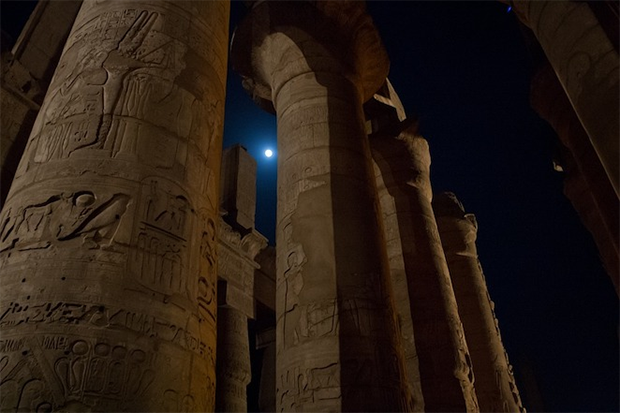 |
|
Tulum, Mexico
On the edge of Mexico’s coastline, there once lived an ancient
civilization. The Tulum ruins are thought to have been created around
564 A.D. Historanias believe that the city was built and inhabited by
the Maya people.
Fast forward a few thousand years and Tulum is still occupied by an
estimated 20,000 people. It also attracts a lot of tourists throughout
the year for its gorgeous beaches and well-preserved historic ruins.
|
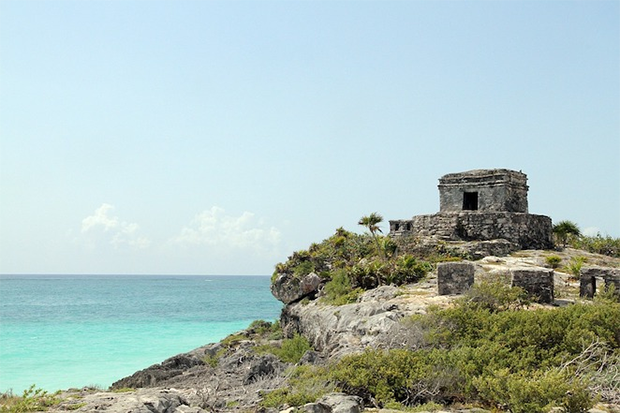 |
|
Lima, Peru
The Incas were a South American civilization formed by the Quechua
people around 1400 A.D. Unfortunately, over time, some of the Inca
settlements were forgotten.
However, an excavation that took place during the early 1950s uncovered
an adobe pyramid called Huaca Huallamarca. Scientific researchers claim
that the ancient structure was used by the Incas and the Hullala people
more than 2,000 years ago.
It is now one of the top tourist attractions in the San Isidro district.
|
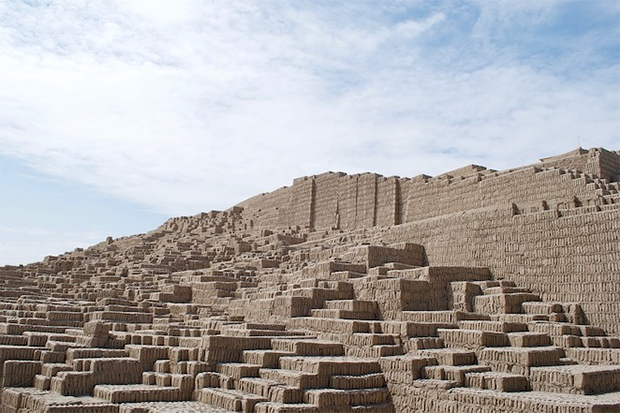 |
|
Paris, France
Considered one of the most romantic places in the world, Paris has the
nickname “the city of lights and love.” However, many people have no
idea that Paris was actually built on top of the remain of more than six
million people.
The Catacombs of Paris are a series of underground ossuaries built
around 1786. Around 300,000 people take the mile-long tour through
Paris’s catacombs every year.
|
 |
|
Barcelona, Spain
Historians believe that the first settlers to call Barcelona home date
back to the first century. The city was founded by Romans who called
their new city Barcino.
Almost 2,000 years later, the city is still highly populated. An
estimated five million residents call it home.
One of the oldest sites located in the city is a third-century cemetery
where 70 Roman tombs are supposedly buried.
|
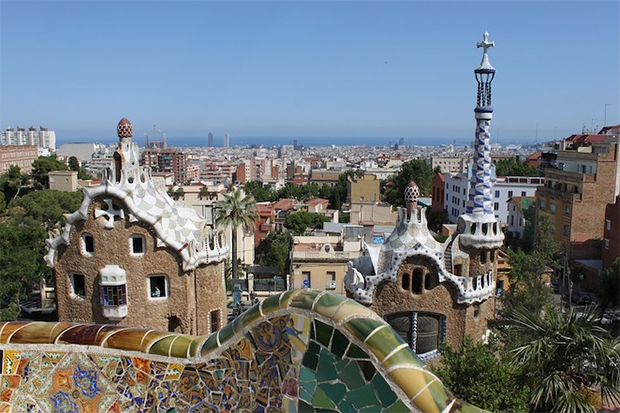 |
|
London, England
Historians believe that London was founded by the Romans around 50 A.D.
The city’s rich history has been built over the past two millennia.
Sadly, much of ancient London was destroyed by German bombs during World
War II. However, there are still a few historic ruins hiding throughout
the city.
One of the oldest landmarks, London’s Roman Wall, is currently crumbling
although it once provided a protective shield surrounding the entire
city.
|
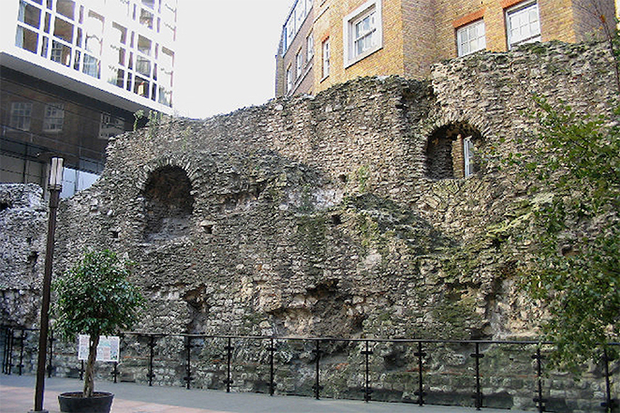 |
|
Seoul, Korea
Seoul is currently the largest metropolitan city in South Korea. It has
a population of around 10 million residents.
Its history goes back almost 2,000 years. The city was originally
founded in 18 B.C. by the people of Baekje.
While Seoul is considered a very modern city, an ancient city wall
stands in the heart of the city. Historians believe the wall dates back
to the early 1300s and was built to protect Seoul from invaders.
|
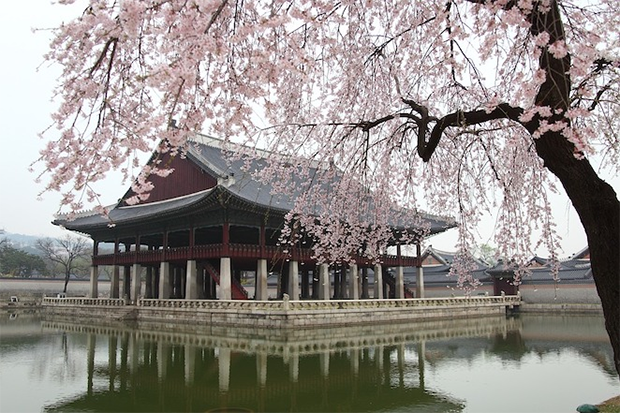 |
|
Nimrud, Iraq
Just 30 kilometers south of Mosul, Iraq, sits the ancient settlement
of Nimrud. Historians believe that Nimrud was the capital of the
world’s first empire around 800 B.C.
In the early 1840s, large palaces and temples were rediscovered.
Unfortunately, after the Islamic State occupied the area in 2016,
many of the historic artifacts were destroyed.
Historic archeologists are doing the best they can to restore some
of the ancient marvels.
|
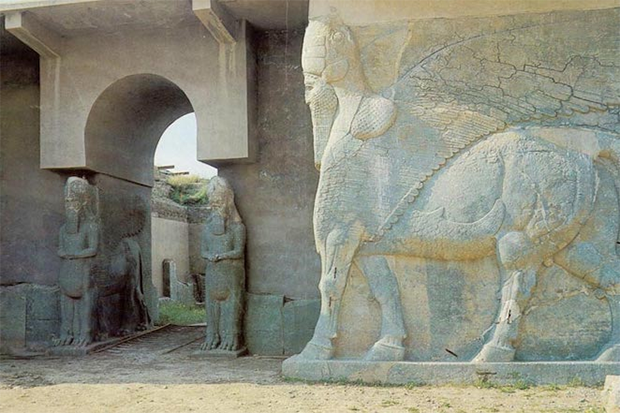 |